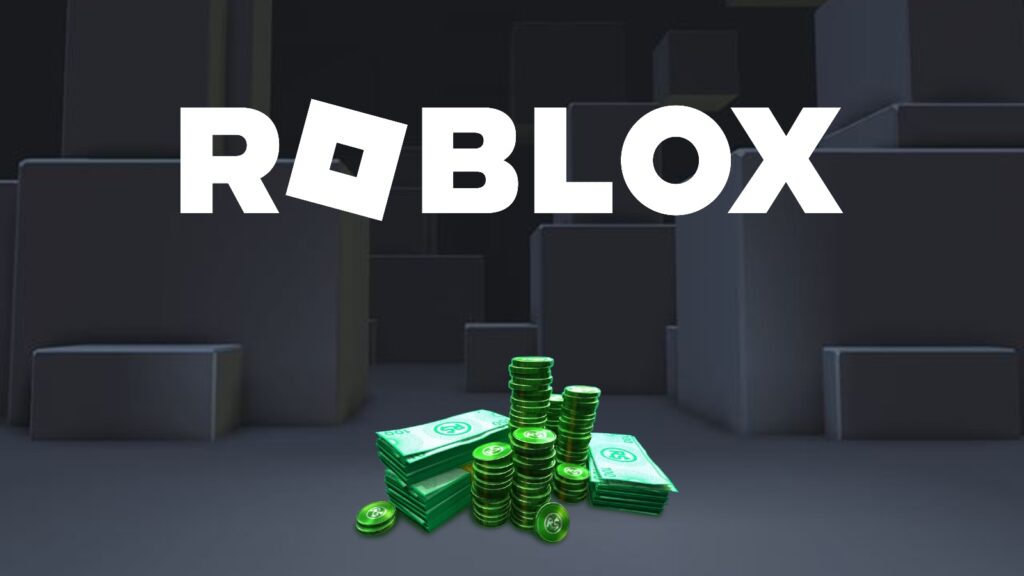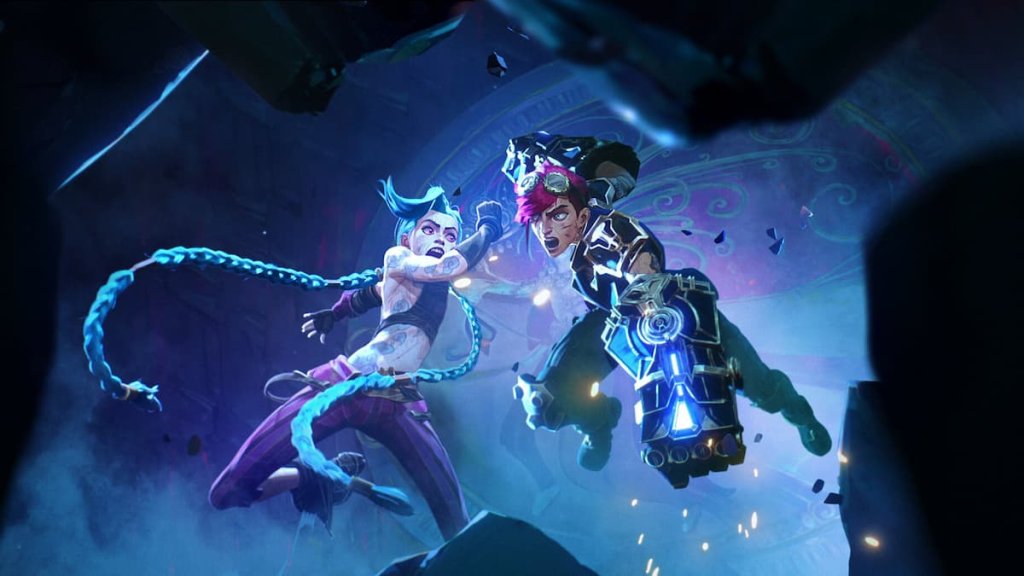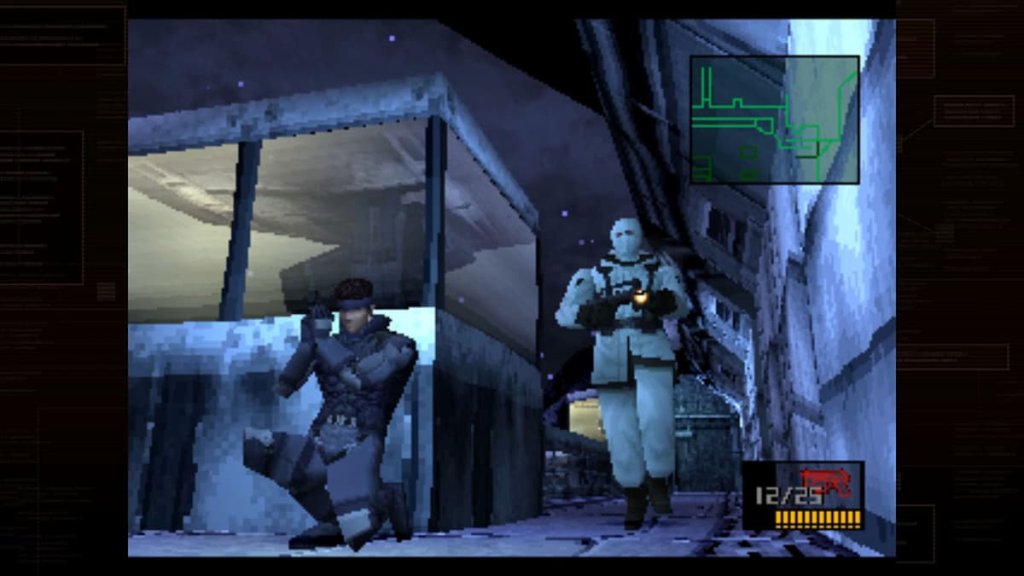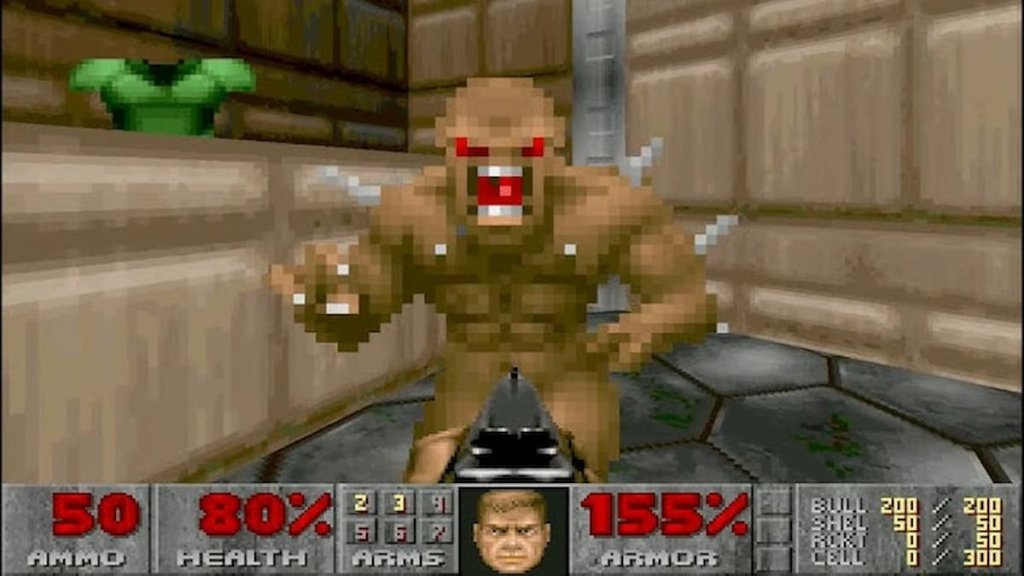The Witcher 4 Unreal Engine Tech Demo, State of Unreal and More
CD Projekt Red has finally shown off an Unreal Engine tech demo for The Witcher 4 during the 2025 State of Unreal, and it looks stunning. Running on Unreal Engine 5.6, the demo showcased a visually breathtaking open world—dense forests, a bustling port city, dynamic lighting, highly detailed characters, and smooth animations. Yep, it looked amazing.
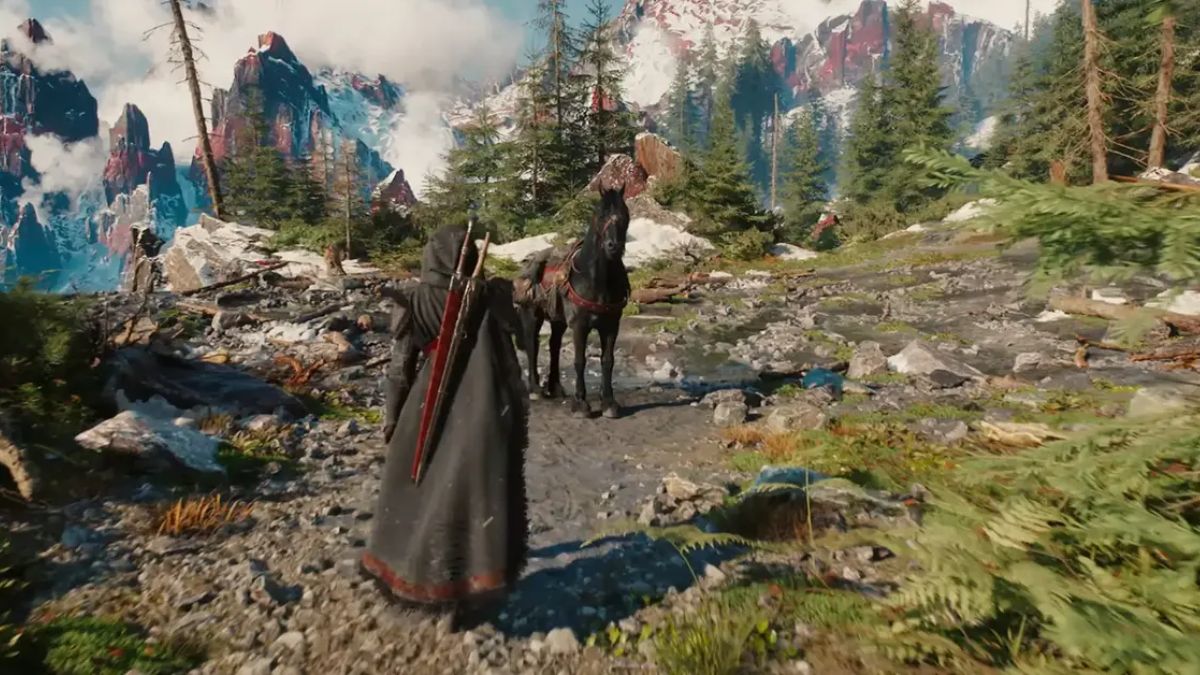
Image Credits: CDPR
But before you start sharpening your silver sword and yelling “Take my money!”, it’s important to understand one thing: this is not actual gameplay. This is a tech demo—a showcase of what’s possible with the engine, not necessarily what we’ll get when The Witcher 4 finally releases.
Let’s break down what we saw, what it means, and why you should keep your hype levels in check.
Witcher 4 Unreal Engine Tech Demo
In the demo, we see Ciri (now Witcher 4’s main character) riding across the scenic northern realms of Kovir, a region that hasn’t been explored in previous Witcher titles. The level of detail was amazing: ray-traced lighting illuminating dense foliage, ultra-realistic character models, lifelike water physics, and even more refined horse movement.
The city of Valdrest was another highlight—populated, reactive, and alive in a way we’ve rarely seen in RPGs. Crowds bustled naturally, NPCs responded dynamically, and the verticality of the environments hinted at deeper exploration possibilities. Everything was running at 60 FPS on a standard PlayStation 5, which is wild when you consider how ambitious the visuals were.
CD Projekt Red made it clear: this is a tech demo, built to highlight Unreal Engine 5.6’s features, like Nanite, Lumen, and the new Fast Geometry Streaming plugin, which helps stream massive open-world geometry with far fewer performance issues.
This Is Not the Game
We can’t stress this enough: this isn’t the game. It’s a vertical slice of what the engine can do, not a promise of what the finished Witcher 4 will be.
I mean, we’ve seen this movie before. Remember E3 2018? CD Projekt showed off Cyberpunk 2077’s now-infamous “gameplay demo,” which looked like it was straight out of a Blade Runner fever dream. But when the game finally released in 2020… well, you know how that went.
It was buggy. It was broken. It was even pulled from the PlayStation Store for a while.
That’s not to say The Witcher 4 is doomed, far from it. CDPR has clearly learned from its mistakes, and this time, they’re not showing off “gameplay”—they’re showing an Unreal Engine tech demo, and they’re being transparent about it. Still, the internet doesn’t forget, and neither should we. Let’s just say: take this with a grain of salt, no matter how good it looks.
Teaming Up With Epic Games
One major difference between Cyberpunk’s REDengine and this new Witcher project is the switch to Unreal Engine 5.6, and not just using it, but working hand-in-hand with Epic Games.
According to CD Projekt Red, the studio is collaborating directly with Epic to shape and test UE5.6’s open-world capabilities. That means they’re not just passively using the engine, they’re influencing how it develops.
The goal is a more stable, scalable, and feature-rich framework that can handle massive open-world games with fewer technical hiccups. If this partnership delivers, The Witcher 4 could finally break the CDPR curse of overpromising and underdelivering on launch day.
State of Unreal 2025: More Announcements
Beyond CDPR’s Unreal Engine tech demo, State of Unreal 2025 was packed with new tech and tools that are changing the way games—and even virtual worlds—are built. Below are some of the major highlights.
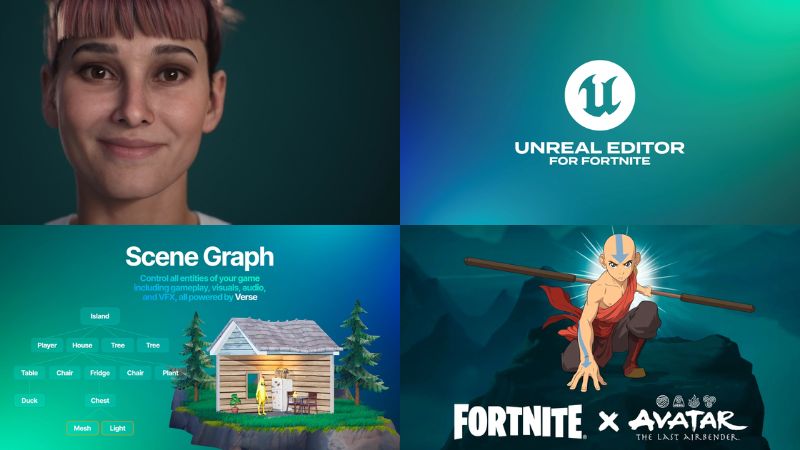
Image Credits: Unreal Engine
MetaHuman 5.6 Gets Real
Epic introduced MetaHuman 5.6, now fully embedded into the engine. Developers can now create even more lifelike characters thanks to new shaders, better hair simulation, enhanced facial rigs, and a greatly expanded character database.
You can literally scan an actor and get them running in the engine in near real time. Expect future games to have even more expressive, human-like NPCs.
Unreal Editor for Fortnite Expands
Epic continues to push the UEFN (Unreal Editor for Fortnite) ecosystem. New additions include:
- LEGO Brick Editor for creative builds
- IP crossovers like Squid Game, Avatar: The Last Airbender, and Star Wars
- Monetization tools and seasonal events for creators
This shows how Epic is blurring the line between game development and content creation. UEFN is slowly becoming a viable platform for indie developers and creators alike.
AI-Powered Tools for NPCs
Another major announcement was Epic’s new AI Developer Assistant, which lets developers generate intelligent, reactive NPCs. Want to create an NPC that remembers your name, your past choices, and changes its behavior based on that? You can now do it with just a few voice prompts and a script.
We’re already seeing early examples of this tech in action with the recently released Fortnite Darth Vader AI.
This could seriously change narrative-driven games and make open worlds feel less mechanical.
Unreal Engine Tech Demo Looks Sick—But Don’t Get Fooled Yet
It’s totally fine to be excited—this Unreal Engine tech demo looks incredible, and it’s hard not to imagine how epic The Witcher 4 could be. But let’s hype responsibly. This was a tech showcase, not real gameplay. No combat footage, no release window—just a promising glimpse built on a powerful engine by a team that’s (hopefully) learned from past mistakes.
Outside of that, one thing’s clear: AI integration in gaming is ramping up fast. Tools like Epic’s AI Developer Assistant—and even Fortnite’s new Darth Vader AI—are showing how intelligent, reactive NPCs might change storytelling and immersion. Is it a good thing? Maybe. It could unlock new levels of realism, or shift too much power away from human creativity. Time will tell, but for now, it’s a future worth watching closely.
